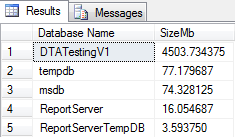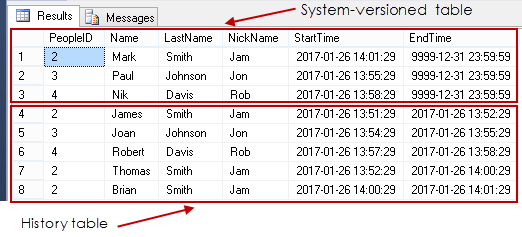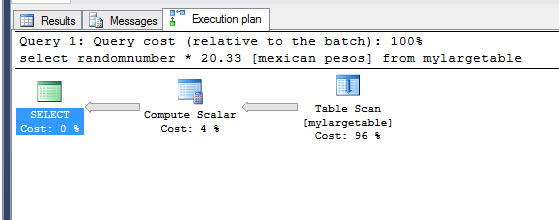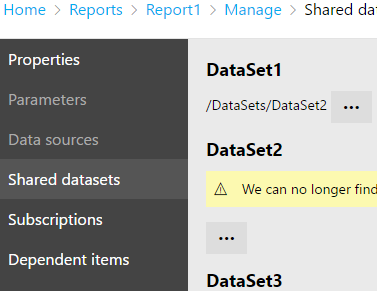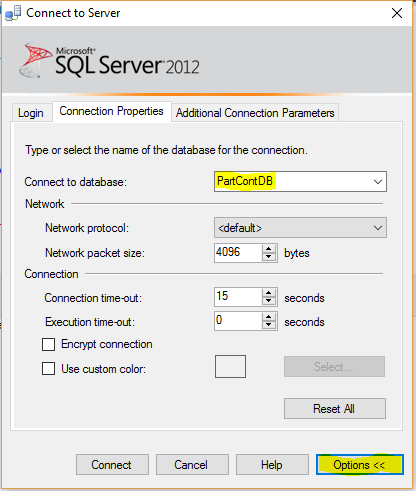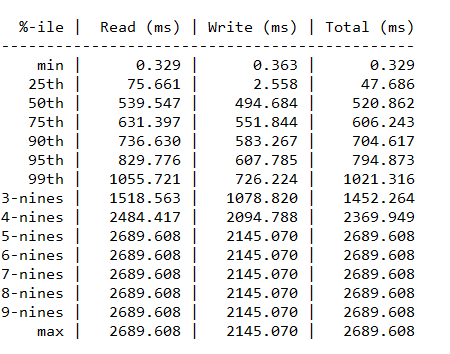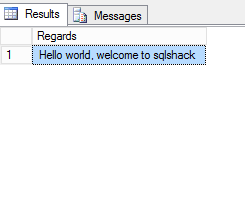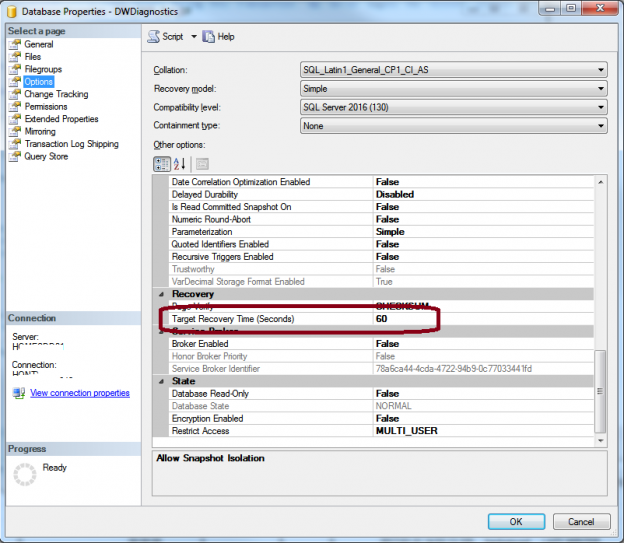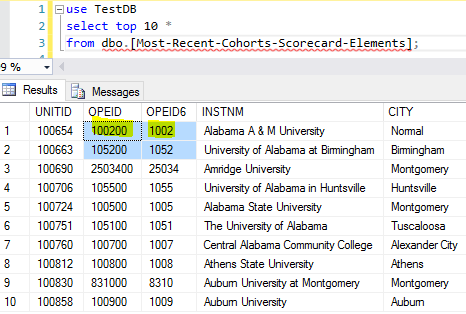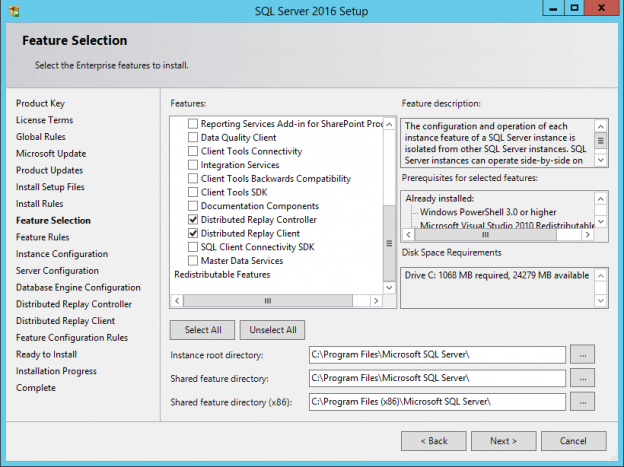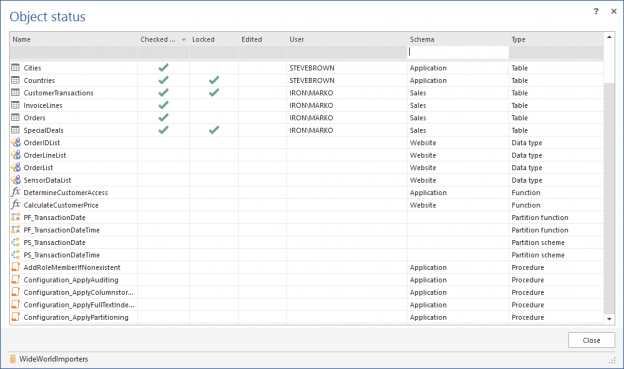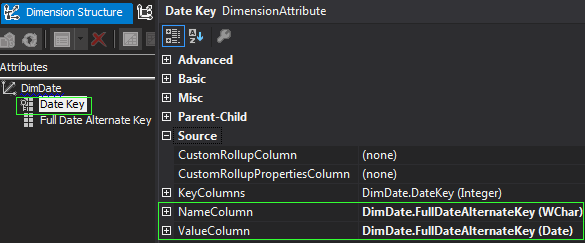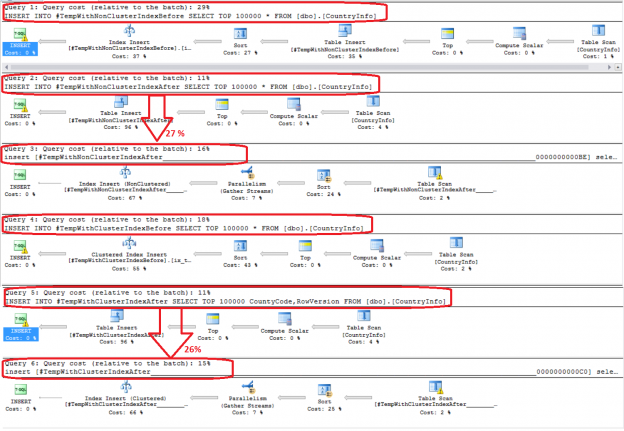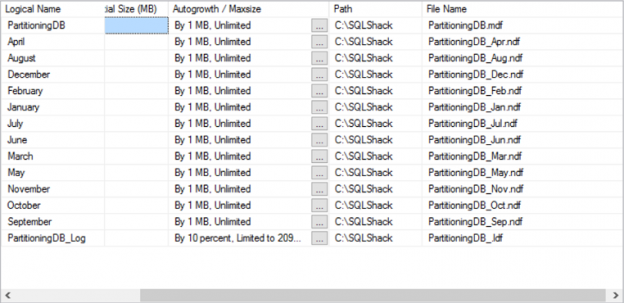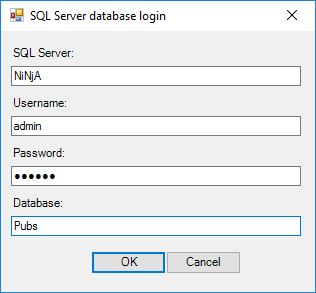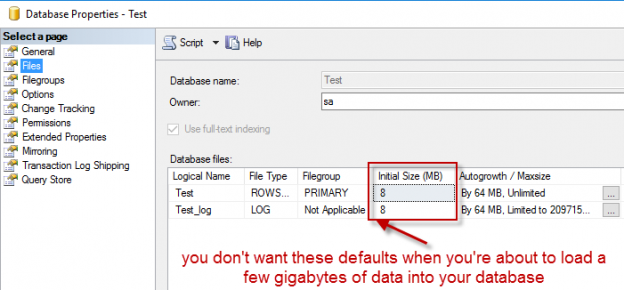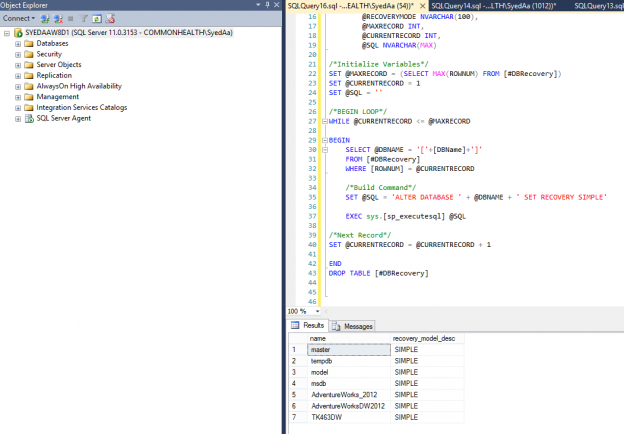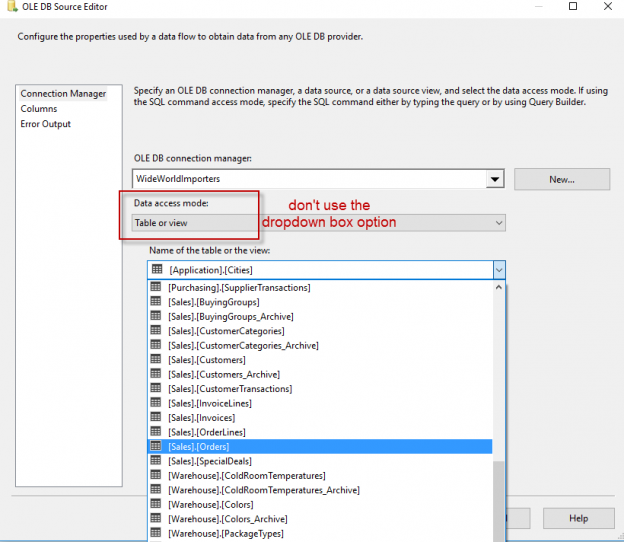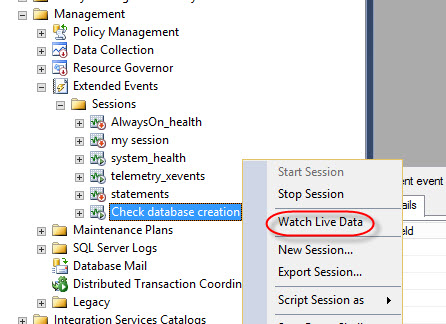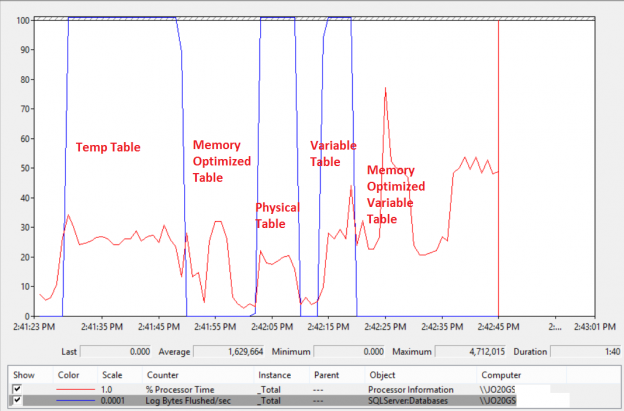Over the course of my career, I have developed and deployed to production several business intelligence solutions. These solutions have been consumed using numerous data visualisation tools. One of those data visualisation tools, is Microsoft Excel – which remains a popular data visualisations tool for many of my end users. Like many software products, newer version releases of Excel usually introduce new features. One such feature is the Timeline filter control which was first introduced in Microsoft Office 2013. The Timeline filter control enables end users to visually filter Excel PivotTables using fields defined as dates. The Timeline filter has several benefits compared to the traditional Excel dropdown filter.
Figure 1 illustrates one of those benefits whereby the Timeline filter allows end-users to easily apply a filter (i.e. using a scroll bar) again a PivotTable. It also has useful annotations that describes what you have filtered on – in this case, we have chosen sales period between February and March 2011.
Read more »

